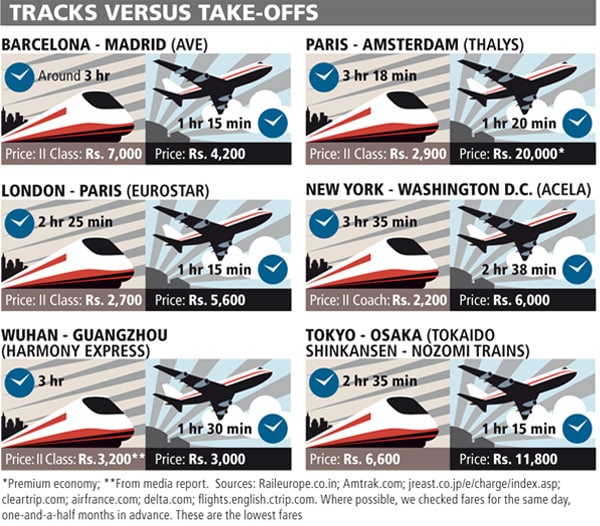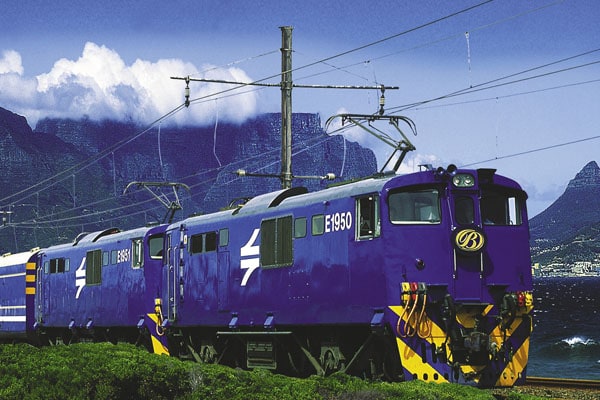
World's Fastest Trains
Forbes India Global Business Traveller's Guide: Though slowly but High-speed rail travel is becoming a viable option in many parts of the world
In this age of thrift — with its emphasis on efficiency with low cost — business travellers are rediscovering the convenience (and the romance) of taking the train. This is not just a fallout of the recent global economic crisis. Business travellers in Europe and Japan have for years enjoyed the benefits of a dense network of high-speed rail lines. Now the US is making big investments in this area. It has set aside $8 billion to create 13 high-speed rail corridors. China too has ambitious plans. It wants to build 13,000 km of railway by 2012, and wants to connect the network to other countries as well — including a Beijing-London high-speed rail link!
The fastest trains in Europe, China and Japan run at 300-350 kmph. Spain’s Alta Velocidad Española (AVE, which means bird in Spanish) covers the 500 km between Madrid and Barcelona in just around three hours. Frankfurt to Paris by France’s Train à Grande Vitesse (TGV) or Germany’s Inter City Express (ICE) takes about four hours. London to Paris too is just about two-and-a-half hours away by the Eurostar. All that speed, with no perceptible vibration within the cabin and a smaller carbon footprint than air travel. And leg room!
A flight on any of these sectors would take about an hour and 15 minutes, but the total time, door-to-door, comes to roughly the same if you add up how long it takes to get to the airport, check-in and clear security, collect baggage and then get out and drive to your final destination within the city. Add to that saturated airports and flights that are forced to circle the airport till they get permission to land.
A Different Plane
Nothing beats the convenience of getting into a train minutes before it leaves, from the heart of the city and then get out again into the heart of another city. The trains in Japan and Europe also have a near perfect score for punctuality.

Infographics: Malay Karmakar








